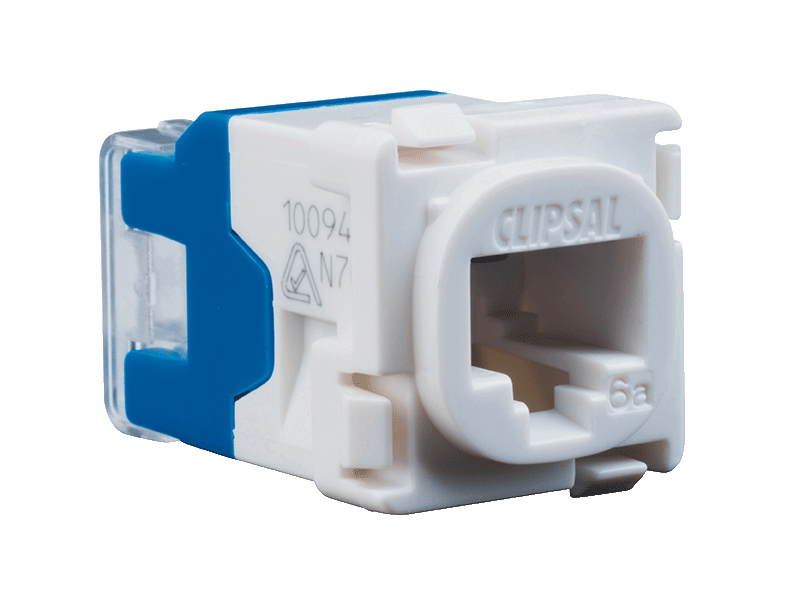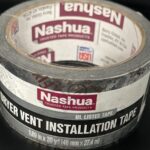The Ethernet cable is currently one of the most popular forms of cables used in wired networks. They are used to connect devices such as PCs, routers and switches on a local area network (LAN). Ethernet cables transmit data either through a pair of twisted copper wire or through solid core wires and a plug commonly known as an RJ-45 connector. Twisted pair cables consist of up to four pairs of twisted copper wire, but in some cases only two pairs are actually used. However, for fasted data transmission all four pairs of cables are used. Typically wired connections are much more reliable and stable than wireless connections. There are different types of Ethernet cables and they are used for various applications and distances. Since the signal deteriorates over longer distances it is very important to use the right type of cable for the terrain that needs to be covered, but you must also take into consideration the network type and speed.

An Ethernet cable comes with a plug at each end and the cable’s use is determined by the type of the plug. One of the most common type of cables is called the straight-through cable. When you compare both ends of this type of cable side by side, you will see that the small colored wires that actually make up the cable are in the same order from left to right. Straight-through cables are used to connect two different devices such as router to a switch or a PC to a hub or a switch.
On the other hand, we have the crossover cable which has different plugs on both ends. This cable is used to connect two similar devices such as PC directly to another, or one switch to another witch.
As far as structure goes, Ethernet cables can be constructed in a number of ways. The two basic forms are solid and stranded.
Solid Ethernet cables have a slightly better performance and they also have better protection against electrical interference. They are most commonly used in fixed location such as business networks, wiring inside walls or floors, and so on.
Stranded Ethernet cables are less prone to breakage and are more suitable for home networking or by travelers.
Ethernet cables can also be categorized as unshielded twisted pair (UTP) or shielded twisted pair (STP). The main difference between them is that STP cables are better in preventing interference and generally have higher performance, but they are also more expensive than UTP.






















